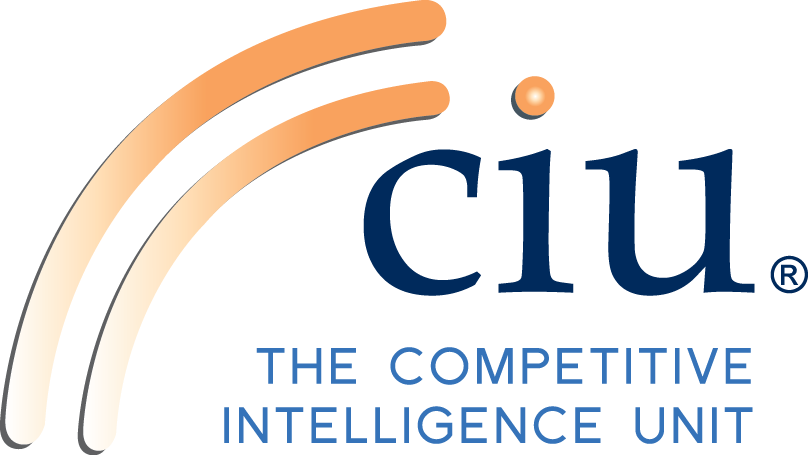....Regulación asimétrica y preponderancia .. Asymmetric regulation and “preponderance”....
.... Avances sobre la competencia en Telecomunicaciones de México .. Developments on competition in Mexican Telecommunications ....
....
Han transcurrido más de dos décadas y media para que la anhelada generación de competencia efectiva se convirtiera en la materia central de la estrategia de política sectorial y regulatoria en Telecomunicaciones y Radiodifusión. Aunque la industria de telecomunicaciones en México se abrió a la competencia hace más de 25 años, aún presenta una elevada concentración en todos sus segmentos, lo que facilita una actuación monopólica del agente preponderante.
..
More than two and a half decades had to pass for the long-desired fostering of effective competition to become the central subject of the sectorial and regulatory policy strategy in Telecommunications and Broadcasting. Although the telecommunications industry in Mexico opened to competition more than 25 years ago, it still shows high concentration in all its segments, which allows the preponderant economic agent to display monopolistic behaviors.
....
....
La importancia de la implementación efectiva de un cuerpo de medidas asimétricas aplicables a éste, en conjunción con una nueva base regulatoria enfocada en la promoción de la competencia, radica en establecer un balance entre los agentes económicos que conforman los mercados.
..
The importance of the effective implementation of asymmetric measures applicable to it, in conjunction with a new regulatory framework focused on the promotion of competition, lies on having a balance between the economic agents that conforms the market.
....
....
De esta forma, se pueden materializar cambios en la configuración de los mercados, traducidos en mejores condiciones de competencia, mejor calidad, mayor cobertura y precios accesibles de los servicios en beneficio del conjunto social.
..
In that way, changes in the configuration of markets can be materialized, and translated into better conditions in terms of competition, quality and coverage as well as affordable prices of services for the benefit of society as a whole.
....
....
Con la aplicación efectiva de la regulación asimétrica, se augura la consecución de estos efectos positivos en beneficio de los operadores, pero sobre todo de los consumidores.
..
With the effective application of asymmetric regulation, the achievement of these positive effects can be foreseen, benefiting operators and, especially, consumers.
....
....
No obstante, al cabo de dos años de la entrada en vigor de este esquema regulatorio no se han materializado condiciones de competencia efectiva en los diversos mercados en los que opera el preponderante.
..
However, two years after the regulatory framework came into force, conditions of effective competition have not materialized in the various markets in which the preponderant agent operates.
....
....
Durante el periodo de instrumentación de la preponderancia, encontramos un cumplimiento parcial de estas medidas. La inefectividad en la aplicación de la preponderancia resulta a su vez, en un incumplimiento de la regulación asociada a esta figura.
..
During the instrumentation phase of “preponderance”, we find a partial fulfillment of these measures. The ineffectiveness in the application of preponderance results in a breach of the regulation associated to this legal concept.
....
....
Cifras del mercado al primer trimestre del año identifican una despreciable reducción en la participación de mercado del operador preponderante en términos de usuarios fijos (telefonía y banda ancha), líneas e ingresos móviles. Mientras que en el caso de los ingresos fijos, su contribución al total generado por el segmento ha aumentado, aun tras la regulación asimétrica aplicable al operador.
..
Market figures for the first quarter of the year indicate an insignificant reduction in the market share of the incumbent operator in terms of fixed accesses (telephony and broadband), mobile lines and revenues. While in the case of fixed revenues, its contribution to the total generated by the segment has increased, even after asymmetric regulation was applied to this operator.
....
